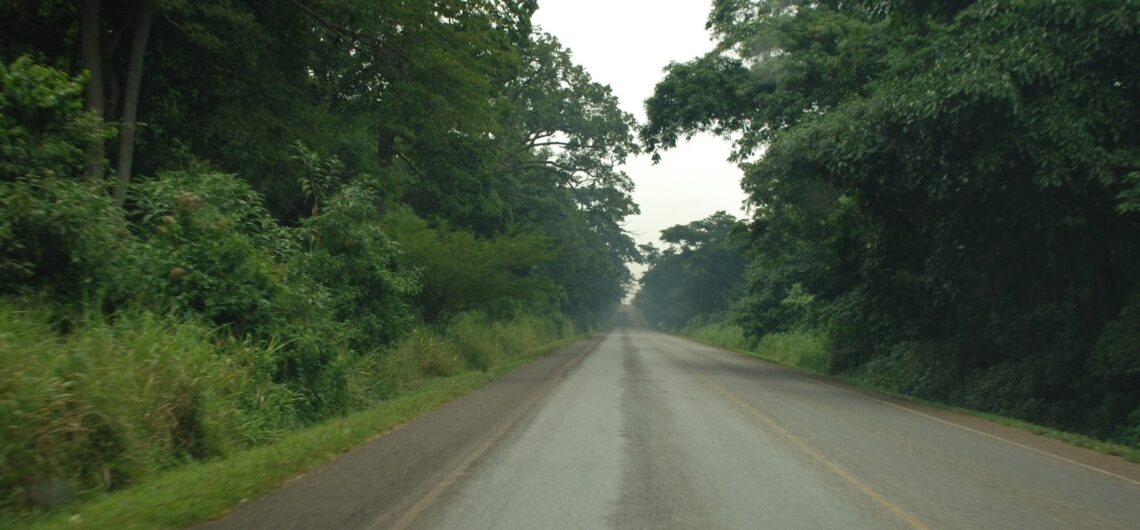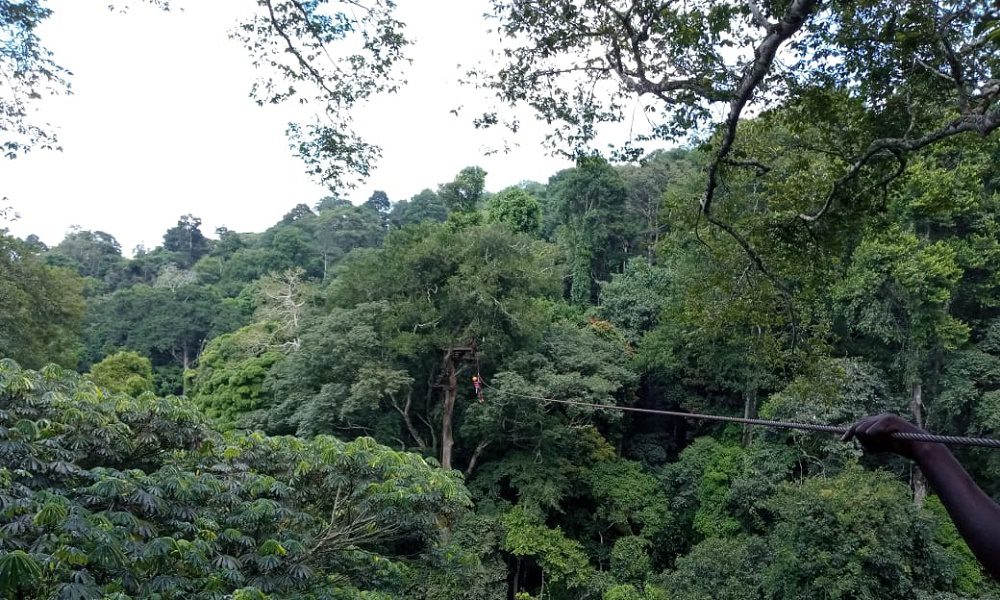Introduction
Mabira Forest is one of Uganda’s most significant natural forests, covering approximately 306 square kilometers in the central part of the country. It is situated in Buikwe District, about 56 kilometers east of Kampala, Uganda’s capital, and 26 kilometers west of Jinja, near the shores of Lake Victoria. The forest is an essential ecological and economic asset, providing habitat for diverse wildlife, regulating climate, supporting livelihoods, and serving as a major tourist destination.
This document explores the history, biodiversity, environmental significance, conservation efforts, economic benefits, challenges, and future prospects of Mabira Forest.
Historical Background
Mabira Forest has existed for thousands of years, serving as a critical ecosystem for both flora and fauna. Historically, indigenous communities such as the Baganda and Basoga have depended on the forest for sustenance, using it for hunting, gathering medicinal plants, and cultural rituals.
During the colonial period, the British administration recognized Mabira’s value and designated it as a protected reserve in 1932. This status aimed to regulate deforestation and ensure the sustainable use of its resources. Over time, the government of Uganda has reinforced its conservation status, although challenges such as illegal logging and land encroachment have persisted.
Biodiversity of Mabira Forest
Flora
Mabira Forest is home to a vast array of plant species, many of which are endemic to Uganda. The forest consists of dense tropical vegetation, including towering hardwood trees like Mahogany (Khaya anthotheca) and Mvule (Milicia excelsa). Other notable plant species include:
- Prunus africana (used in traditional medicine)
- Ficus species (important for wildlife food and habitat)
- Canarium schweinfurthii (source of resin and edible fruit)
Fauna
Mabira Forest is renowned for its rich animal life. It is home to over 300 species of birds, including the rare Nahan’s Francolin (Francolinus nahani) and the Great Blue Turaco (Corythaeola cristata). The forest also shelters a variety of mammals, reptiles, and amphibians, such as:
- Uganda Mangabey (Lophocebus ugandae) – an endangered primate endemic to Uganda
- Red-tailed monkeys
- Bush pigs
- Duikers
- African civets
In addition to terrestrial life, the forest’s numerous streams and rivers sustain freshwater fish and amphibians, contributing to Uganda’s aquatic biodiversity.
Environmental Importance
Mabira Forest plays a crucial role in maintaining environmental stability in Uganda. Some of its key ecological functions include:
- Carbon Sequestration: The dense forest acts as a carbon sink, absorbing significant amounts of carbon dioxide and helping to mitigate climate change.
- Water Catchment Area: Mabira contributes to the hydrological cycle by replenishing groundwater and regulating river flow, particularly for the River Nile and its tributaries.
- Soil Conservation: The forest prevents soil erosion by stabilizing the land with its root networks, reducing the risk of landslides and sedimentation in nearby water bodies.
- Biodiversity Conservation: As one of Uganda’s last remaining natural forests, Mabira is essential for preserving species that cannot thrive in deforested areas.
Tourism and Economic Significance
Tourism in Mabira Forest is a vital economic activity that generates revenue for both the government and local communities. Attractions include:
- Bird Watching: Ornithologists and nature lovers visit Mabira to observe rare and endemic bird species.
- Canopy Walks: The forest features high suspension bridges that allow visitors to view wildlife from an elevated perspective.
- Hiking and Nature Walks: Trails such as the Griffin Falls Trail offer scenic views and access to waterfalls.
- Cycling and Zip-lining: Adventure seekers engage in these activities for a unique forest experience.
Additionally, the forest provides resources such as timber, medicinal plants, and honey, supporting local economies. However, sustainable harvesting is necessary to prevent resource depletion.
Conservation Efforts and Challenges
Despite its importance, Mabira Forest faces several threats that endanger its future:
- Deforestation and Illegal Logging: Unauthorized tree cutting for timber and charcoal production is a significant challenge.
- Agricultural Encroachment: Farmers clear forested areas for cultivation, particularly for sugarcane plantations.
- Urban Expansion: The growing population around Mabira has led to increased demand for land and infrastructure, threatening its ecosystem.
- Poaching and Wildlife Decline: Illegal hunting has reduced animal populations, disrupting the ecological balance.
To counteract these threats, various conservation strategies have been implemented:
- Government Protection: The National Forestry Authority (NFA) manages the forest and enforces conservation laws.
- Community Engagement: Local communities participate in reforestation and eco-tourism initiatives.
- International Support: Organizations such as WWF and the United Nations Development Programme (UNDP) fund conservation projects.
Future Prospects
The future of Mabira Forest depends on effective conservation strategies, responsible tourism, and sustainable development. Potential measures for long-term preservation include:
- Strengthening law enforcement against illegal logging and encroachment
- Promoting eco-friendly tourism and sustainable resource use
- Expanding reforestation programs and biodiversity research
- Enhancing community involvement in conservation efforts
Conclusion
Mabira Forest is a national treasure that requires ongoing protection and sustainable management. Its ecological, economic, and cultural importance underscores the need for collective action to preserve it for future generations. Through concerted conservation efforts, Mabira can continue to be a thriving ecosystem that benefits both people and wildlife.



Comments